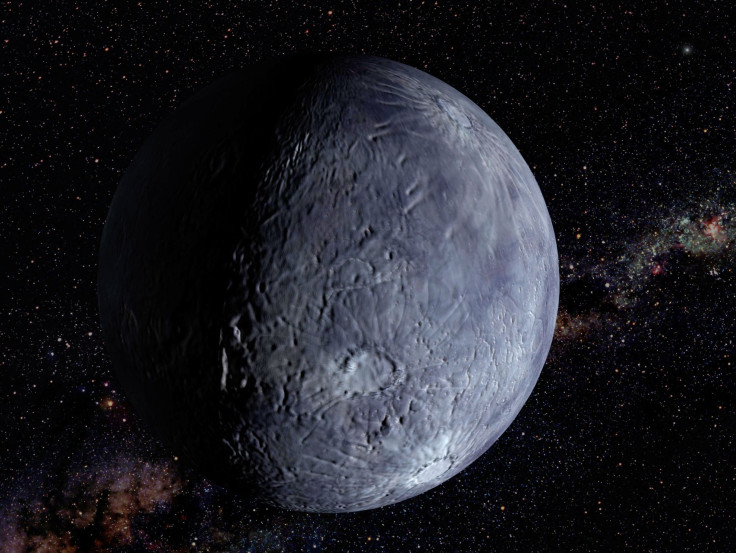'Missing Link' Discovered: Mysterious Deep Space Object May Hold Secrets To Planet Formation

A mysterious space rock discovered by scientists may unlock the secrets behind planet formation.
Described by researchers as the "missing link," the Kuiper Belt Object (KBO) is a space rock around 0.8 miles (1.3 kilometers) wide found inside the Kuiper Belt, an icy region in the solar system beyond the eight major planets. It is significantly smaller than dwarf planet Pluto or the Ultima Thule, which is 20 miles (32 kilometers) across.
The KBO is apparently just one of many in the Kuiper Belt, which has long been known to hold remnants of the solar system's formation. In a study published in the scientific journal Nature Astronomy, researchers said this discovery could mean that planetesimals -- celestial bodies that could serve as building blocks for the formation of planets, moons and other larger bodies -- are the major population in the Kuiper Belt, also known as the Edgeworth-Kuiper Belt, at the moment.
"If this is a true KBO detection, this implies that planetesimals before their runaway growth phase grew into kilometer-sized objects in the primordial outer Solar System and remain as a major population in the present-day Kuiper belt," the researchers wrote in the study.
There could be as many as 60,000 of the kilometer-sized KBOs for every square degree of sky, according to the research. And this new discovery could help scientists learn more about how planets formed and evolved billions of years ago.
The mid-sized objects are "extremely faint," making them impossible to detect directly. According to the study's abstract, however, scientists were able to find them by "monitoring stellar occultation events," which occurs when one object is hidden by another object that passes between it and the observer.
The study's lead author Ko Arimatsu revealed that their team did not have a big budget so they looked for occultations, or in this case, events that cause a dimness in the sky that could indicate KBOs are passing in front of stars. Arimatsu called their discovery a "real victory" for small projects, especially since they had less than 0.3 percent of the funding large international projects receive.
"We didn't even have enough money to build a second dome to protect our second telescope! Yet we still managed to make a discovery that is impossible for the big projects," Arimatsu said in a statement.
In a project called Organized Autotelescopes for Serendipitous Event Survey (OASES), Arimatsu's team used two telescopes only 11 inches (28 centimeters) wide that they installed on the roof of a school in Okinawa, Japan to study the Kuiper Belt.
The study's lead author continued that they have their sights set on the Oort Cloud, the solar system's comet repository, next. The still undiscovered region is believed to contain trillions of icy objects. They will also continue studying the Kuiper Belt for more discoveries.
© Copyright IBTimes 2024. All rights reserved.











